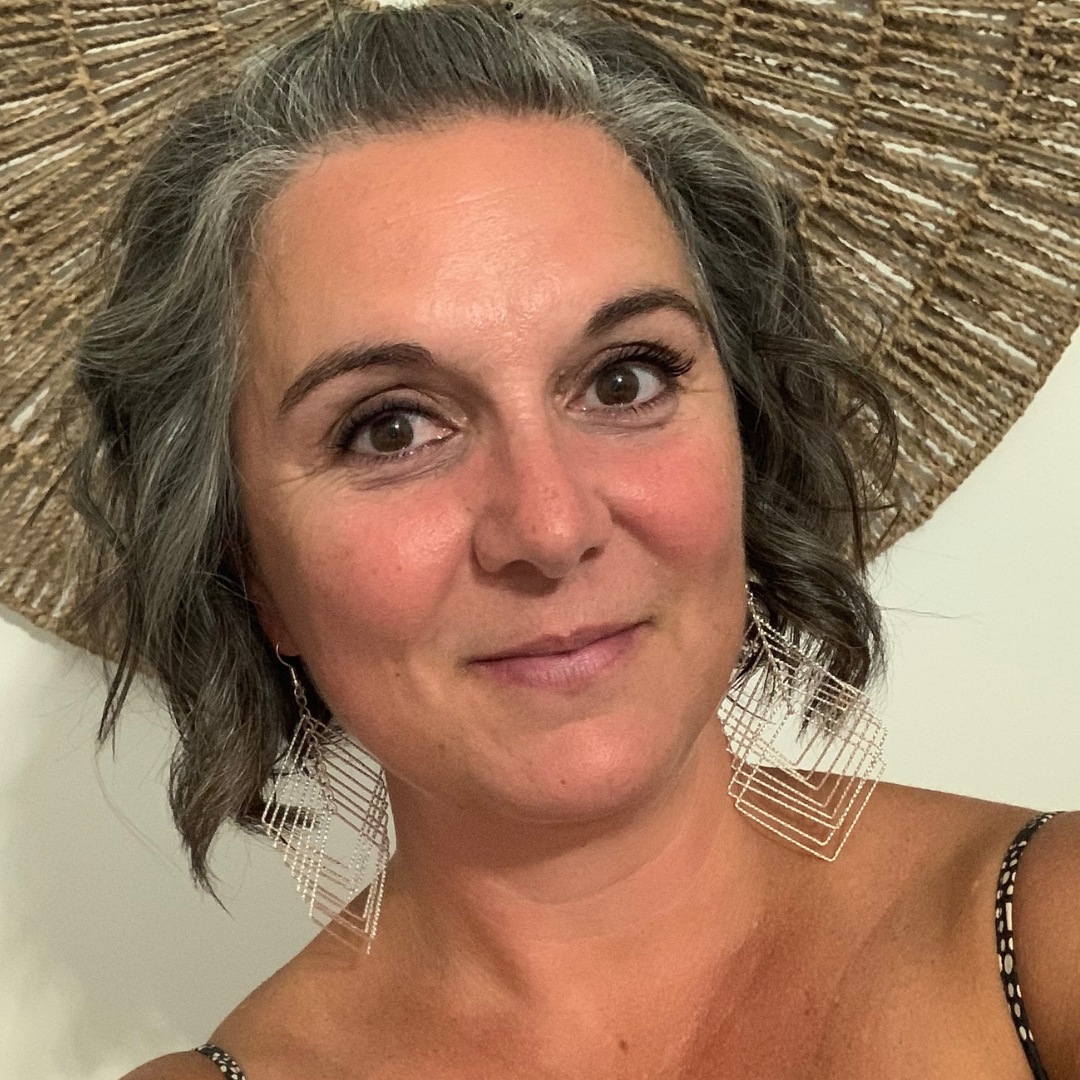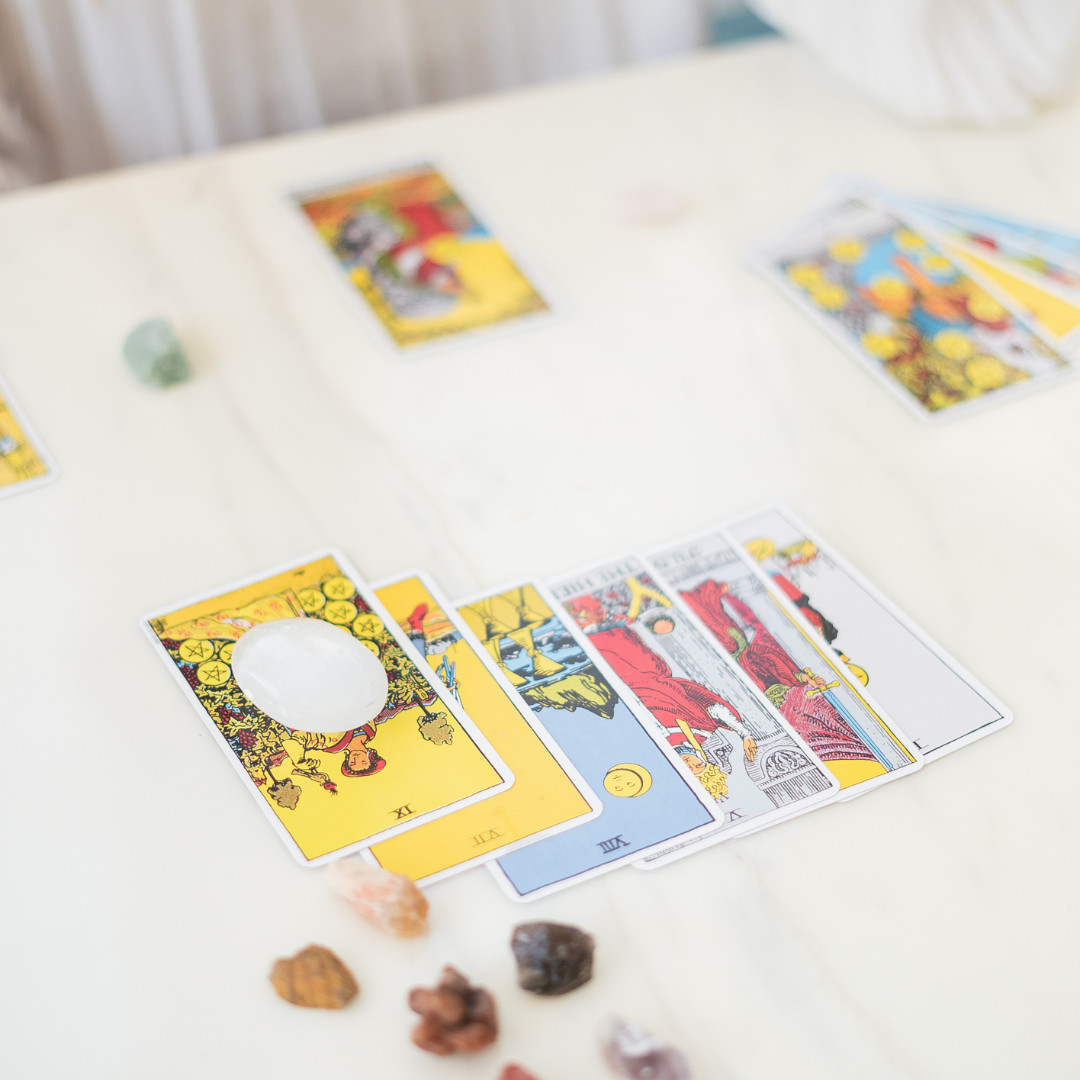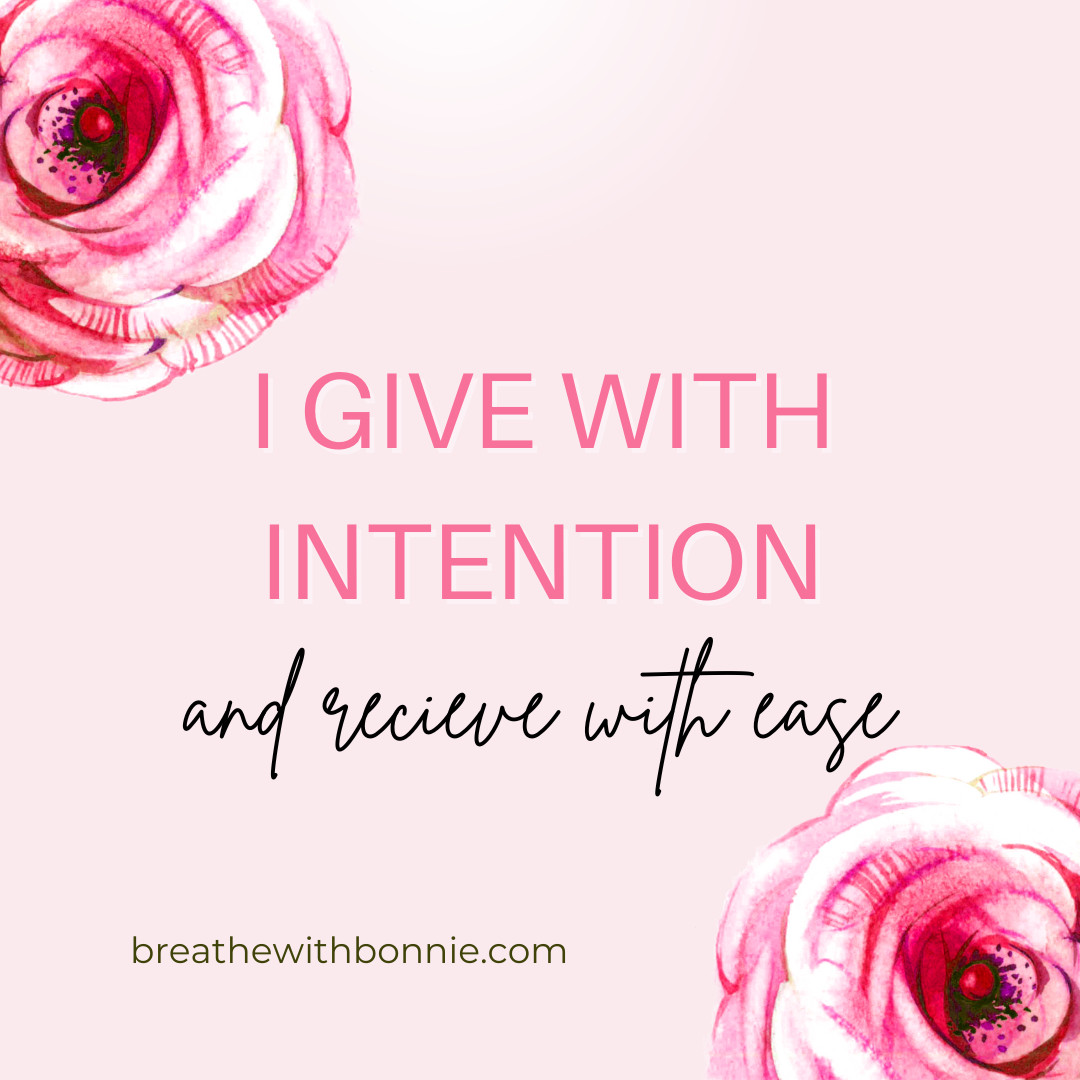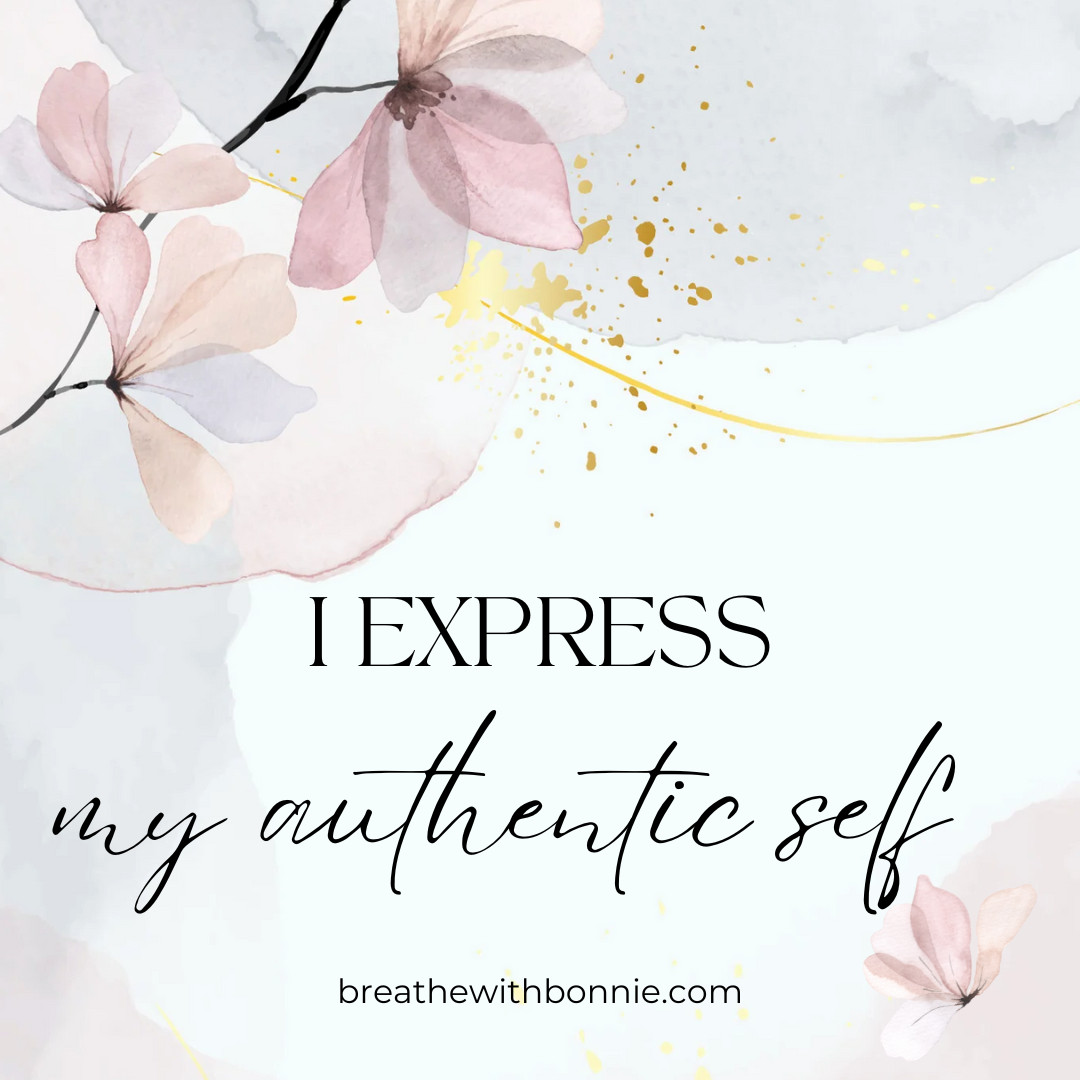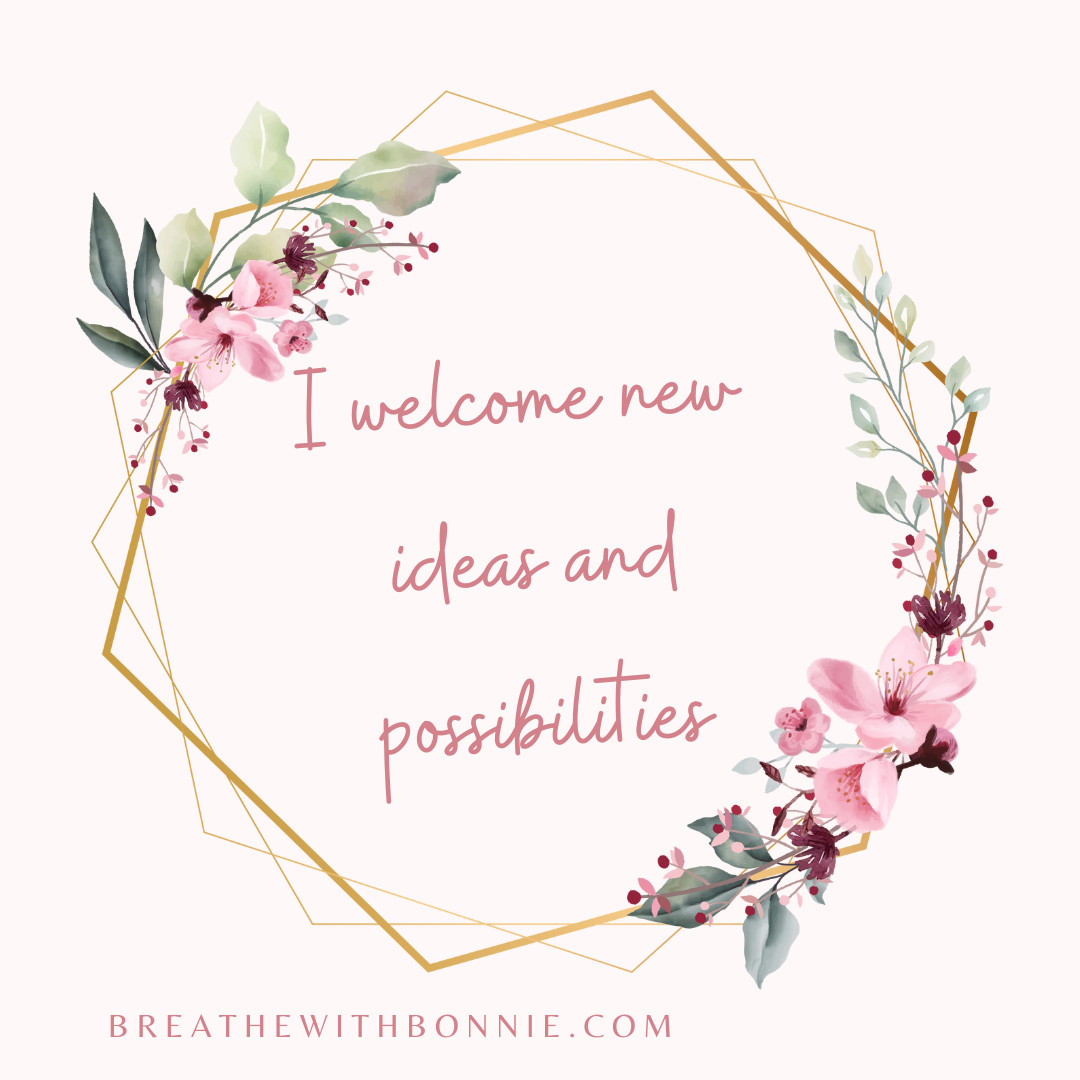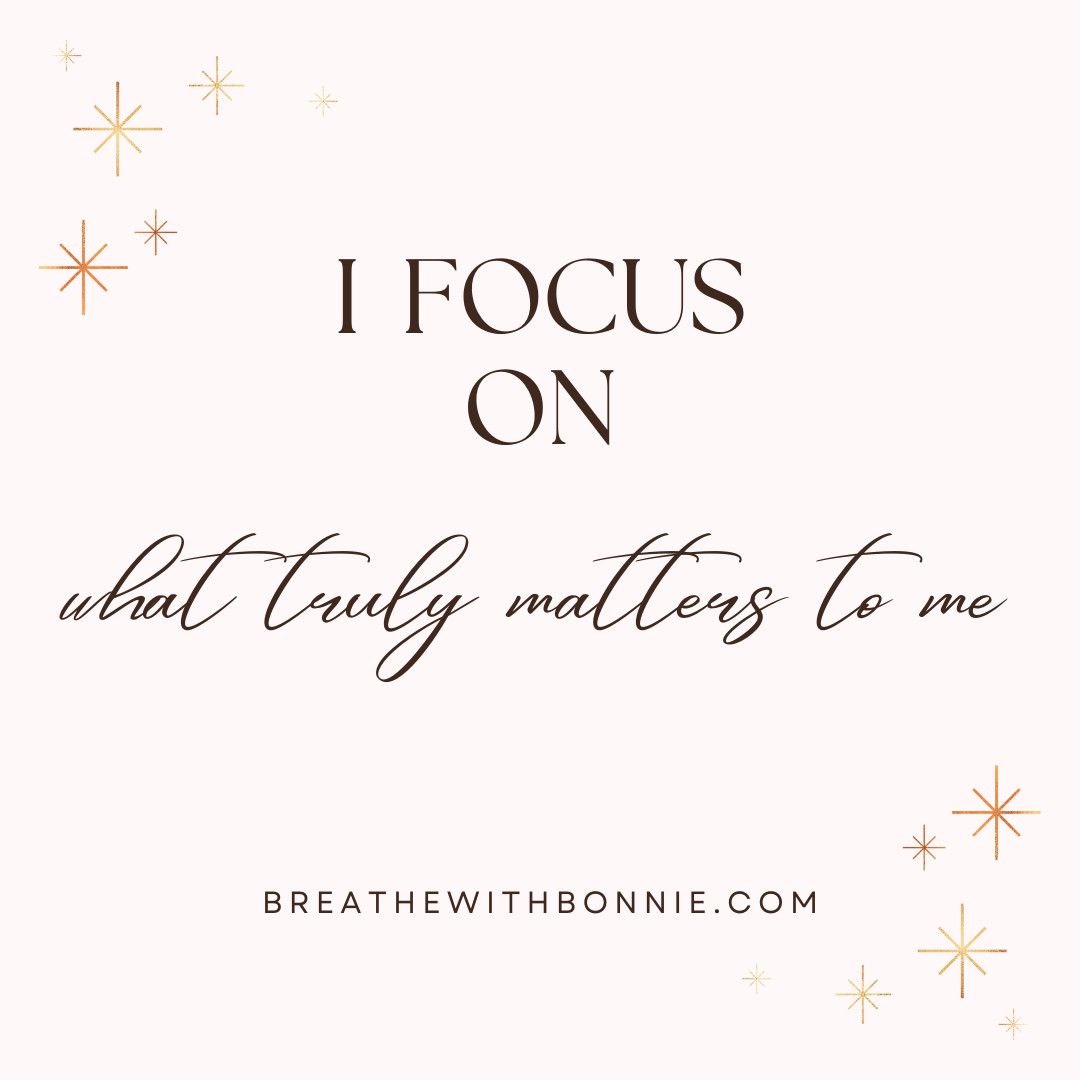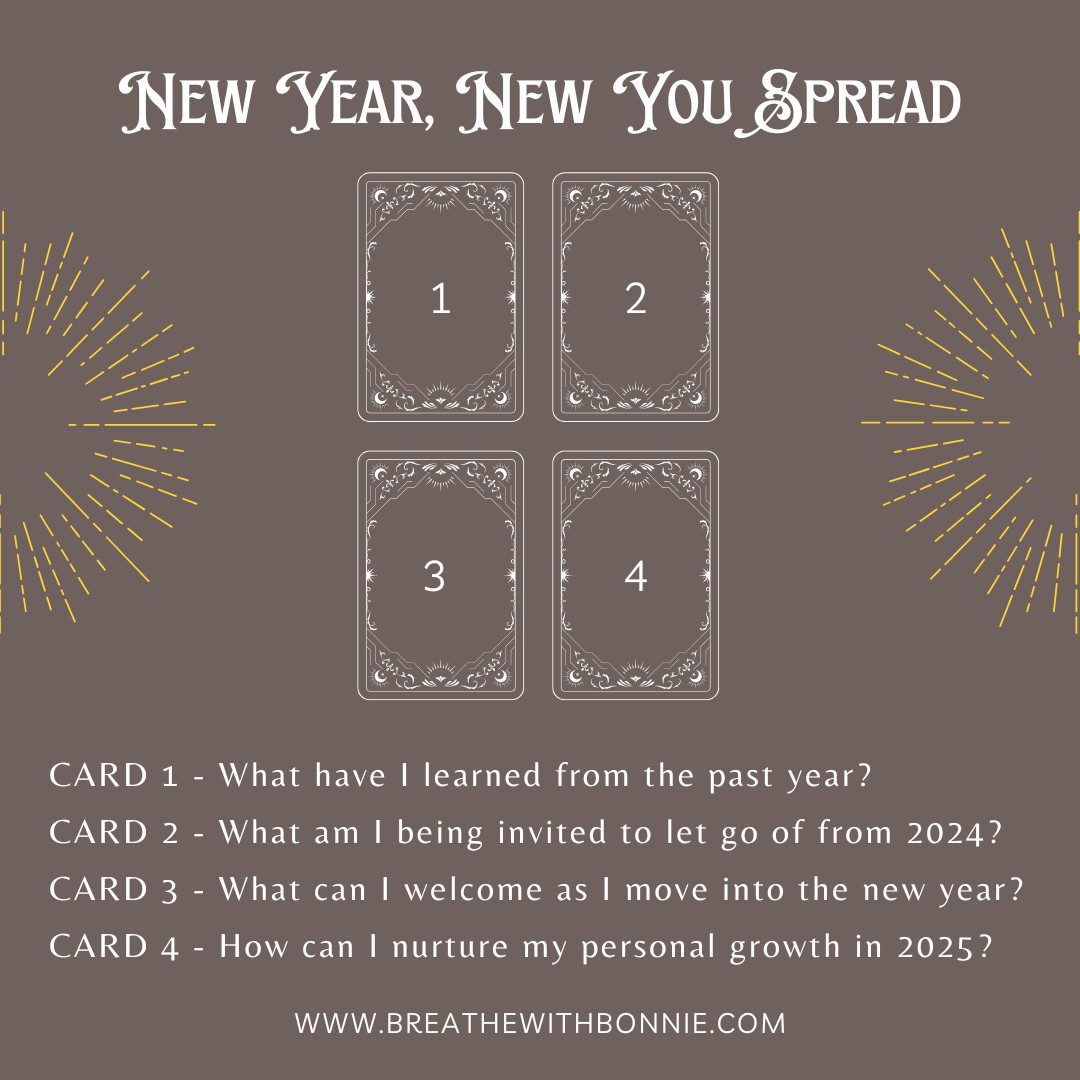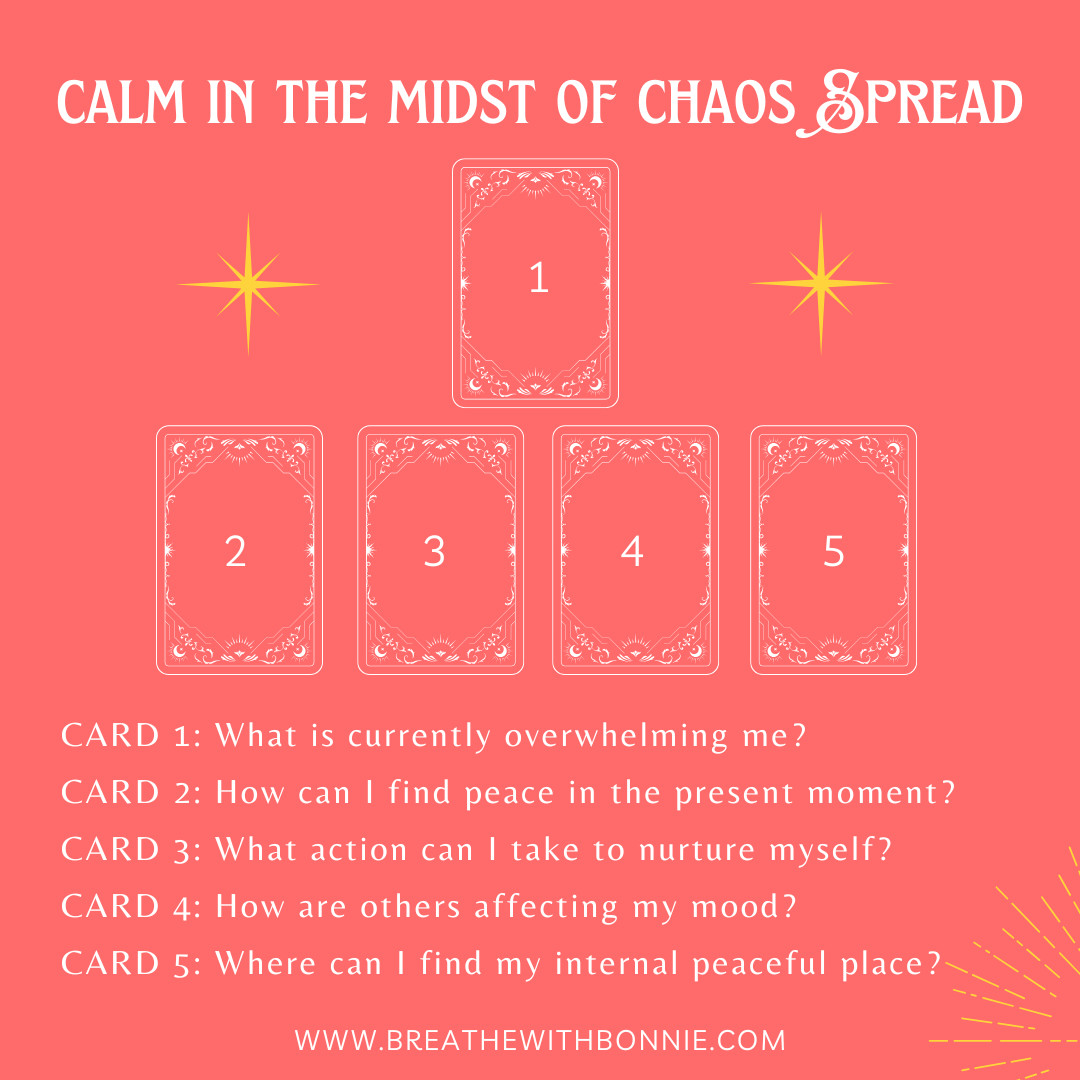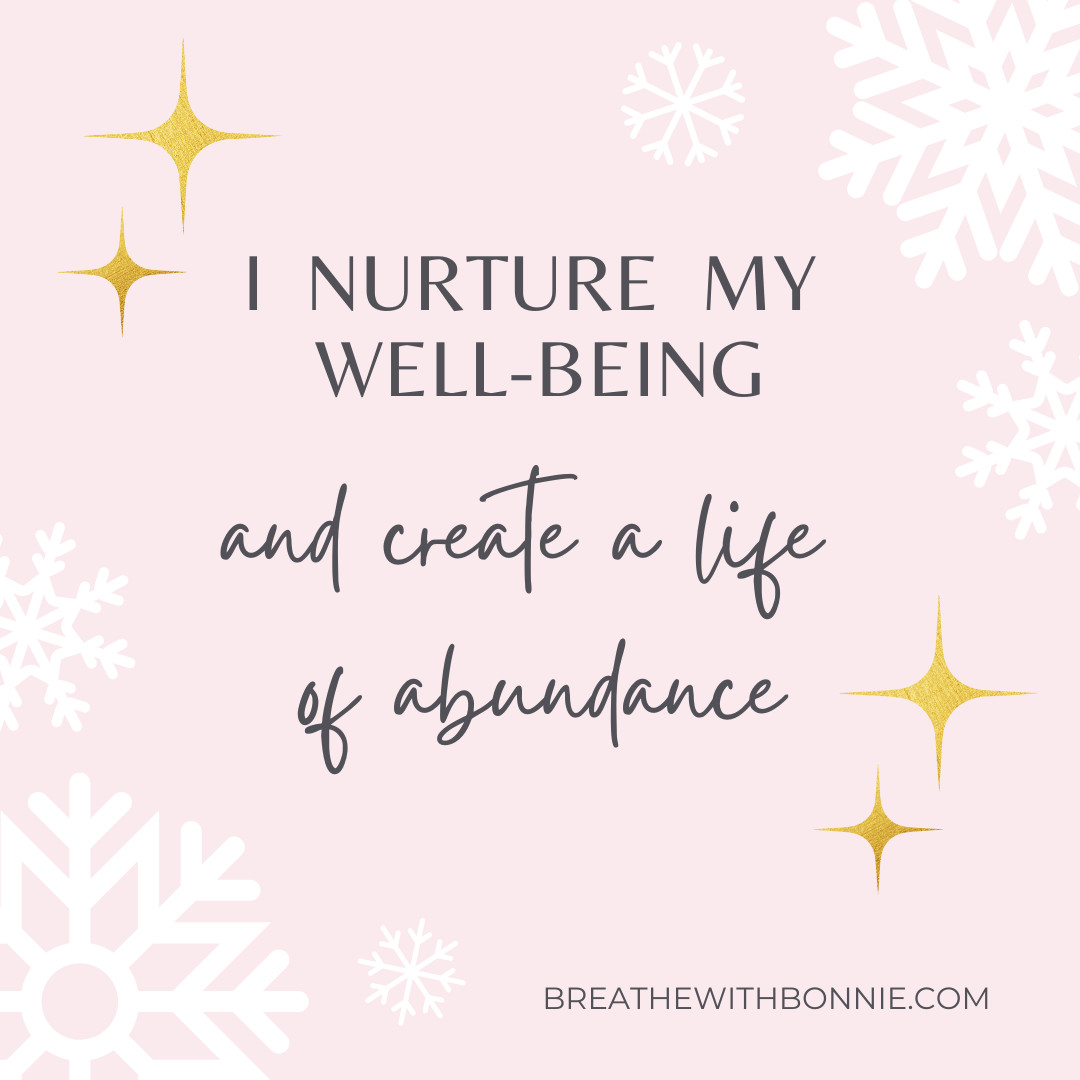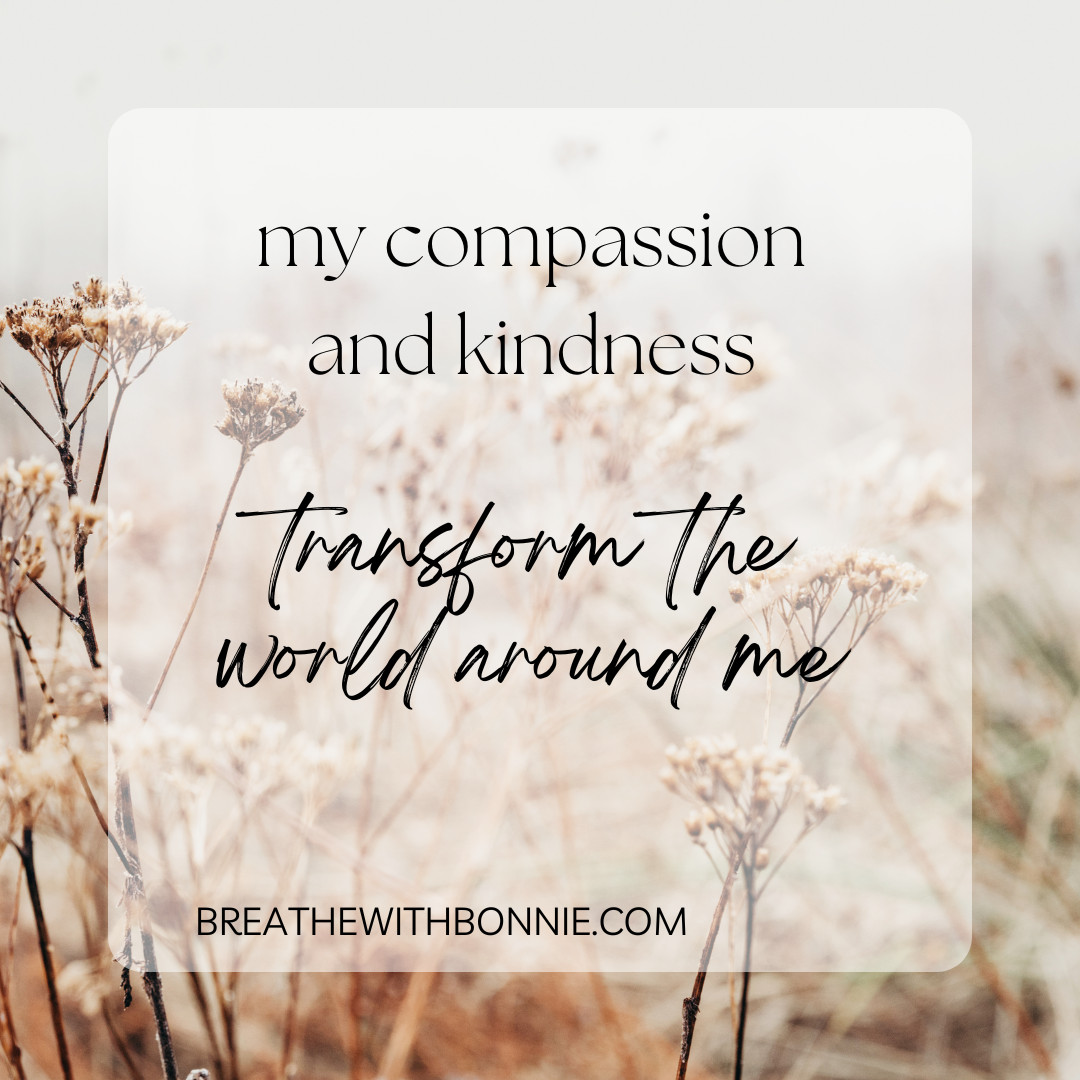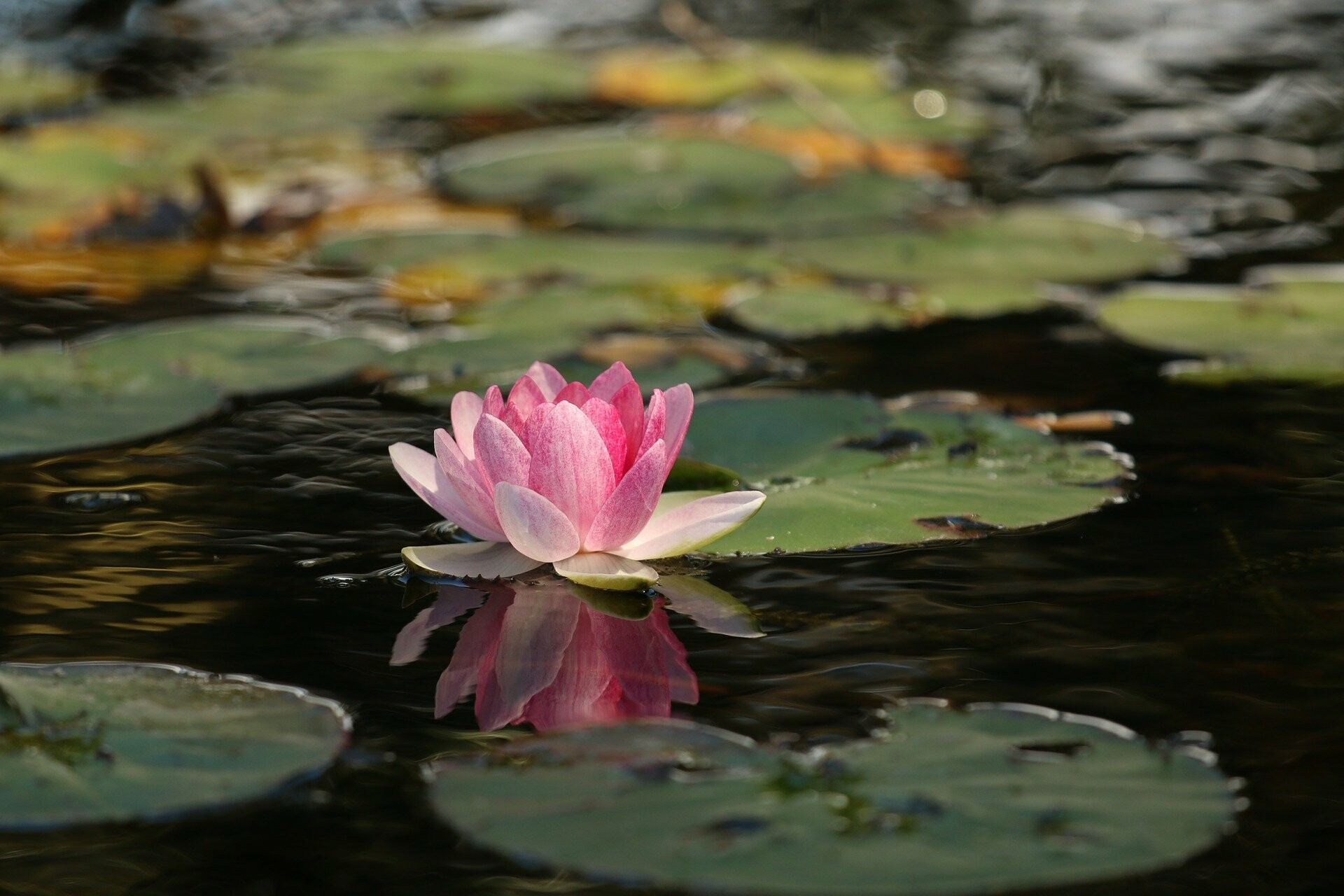 The 5 Ws of Yoga Nidra Guided Meditation
The 5 Ws of Yoga Nidra Guided MeditationOk, so you're either curious about Yoga Nidra, or you've tried a few times, but want to understand it a bit more....I've got you covered!
In this post, I'll highlight the basics of Yoga Nidra.....the 5 Ws if you will.....who, what, where, when and why....
Who
Anyone can practice Yoga Nidra*. No experience is necessary. It's even great for kids. Not to mention my dog Coconut loves to snuggle up to me when I practice during the day. It's a great place to start if you've never practiced meditation or relaxation techniques before because it's so EASY to do.
What
Yoga Nidra is a guided meditation and type of Yoga that can be referred to as Yogic sleep. The purpose is to be guided so you can experience many levels of relaxation. After practicing for a while, you will notice that you float between being conscious and asleep. Yoga Nidra is also helpful to release emotions and focus on something you desire.
Where
There are different ways to practice Yoga Nidra. First of all, make sure you're somewhere quiet to reduce distractions....
Traditionally it's practiced lying down in a supported position. But if you prefer, you can practice sitting up straight in a seated position. Here are some tips on how you can support yourself to be super comfortable:
- When you lie flat on your back, it can cause discomfort in your lower back, so it's important to place something under your knees like a bolster, rolled up towel, blanket or pillow.
- I also like to place yoga blocks or a smaller pillow under my feet if I'm lying on my yoga mat on the floor with my knees supported.
- If you need to place something under your head, just use a very thin pillow. You want to ensure your chin is slightly tucked down towards your chest.
- Lie down with your arms by your side and palms facing up, or hands can rest on the belly.
- Your feet are just a bit more than hip width distance apart and your toes can flop out to the sides.
- I definitely recommend an eye pillow, eye mask or something to cover your eyes to block out the light. Also having something like an eye pillow has a physiological effect on the body and can help you to relax even more.
- It's important to be warm during practice. Sometimes when our bodies relax, our body temperature can go down. Make sure you have a blanket to cover yourself so you are warm.
- You could also practice lying on your side. Just make sure your head and top knee are supported.
When
I'm a huge advocate of practicing whenever you are able to fit it into your schedule. It helps to have a routine so that you can practice daily.
If you don't already have a regular practice, I suggest listening at different times of the day to figure out what suits you best. Some people find it energizing and refreshing, so they prefer the mornings, others find it soothing and calming, so they prefer night time to get them ready for sleep. Others need a break during the day, so it's great to do at your lunch hour to give your body and mind time to unwind.
Once you find a time that works for you, I do recommend practicing daily because you will start to see many benefits after developing a regular practice.
When I first started out, I did it first thing in the morning. I actually did it lying in my bed before I got up. Many people will tell you not to meditate in bed because when you're in bed, your body knows it's for sleeping. But at that point in my life, that's the only time I could do it, so I say whatever helps you start practicing is best. Then later, you can change when and where you practice to suit your routine. Just start any way you can.
Why
Why practice Yoga Nidra anyway? Well, it helps to activate your relaxation response so you can give your body and mind time to unwind, be in the present moment and let go of the other stressors in your life.
I used to think meditation was a waste of time. I didn't understand how "relaxing" and doing "nothing" could actually help you to feel better and make changes in your life. Well, now I know better. When we meditate and give our bodies and mind the time it needs to break free from all of the noise of our regular lives, it can help us to see the bigger picture. New mindsets, ideas and beliefs can emerge when we focus on the present moment (not regretting the past and worrying about the future).
Ok so now you have a pretty good understanding of what Yoga Nidra is all about.....
If you don't already have access to my FREE Yoga Nidra guided meditation for Relaxation, click HERE to get access right away.
I also offer virtual classes and courses. Click below to see my current schedule.
I hope you love practicing Yoga Nidra as much as I do!
Namaste,
xo Bonnie
*Please note: relaxation and meditation practices may cause you to experience upsetting memories or difficult emotions. While these practices can be a beneficial way to release these emotions and memories, it is important that you check with your health care provider before starting a relaxation/meditation practice if you feel you may have difficulties processing memories and emotions should they come up during practice.
The information presented here is for entertainment and informational purposes only. The information in this post is subject to interpretation and is an expression of opinion. It is not intended for, and does not replace professional, medical, legal, business, and/or health related opinions and advice. It is not a substitute for counselling or any other type of therapy, or medical advice from qualified professionals.
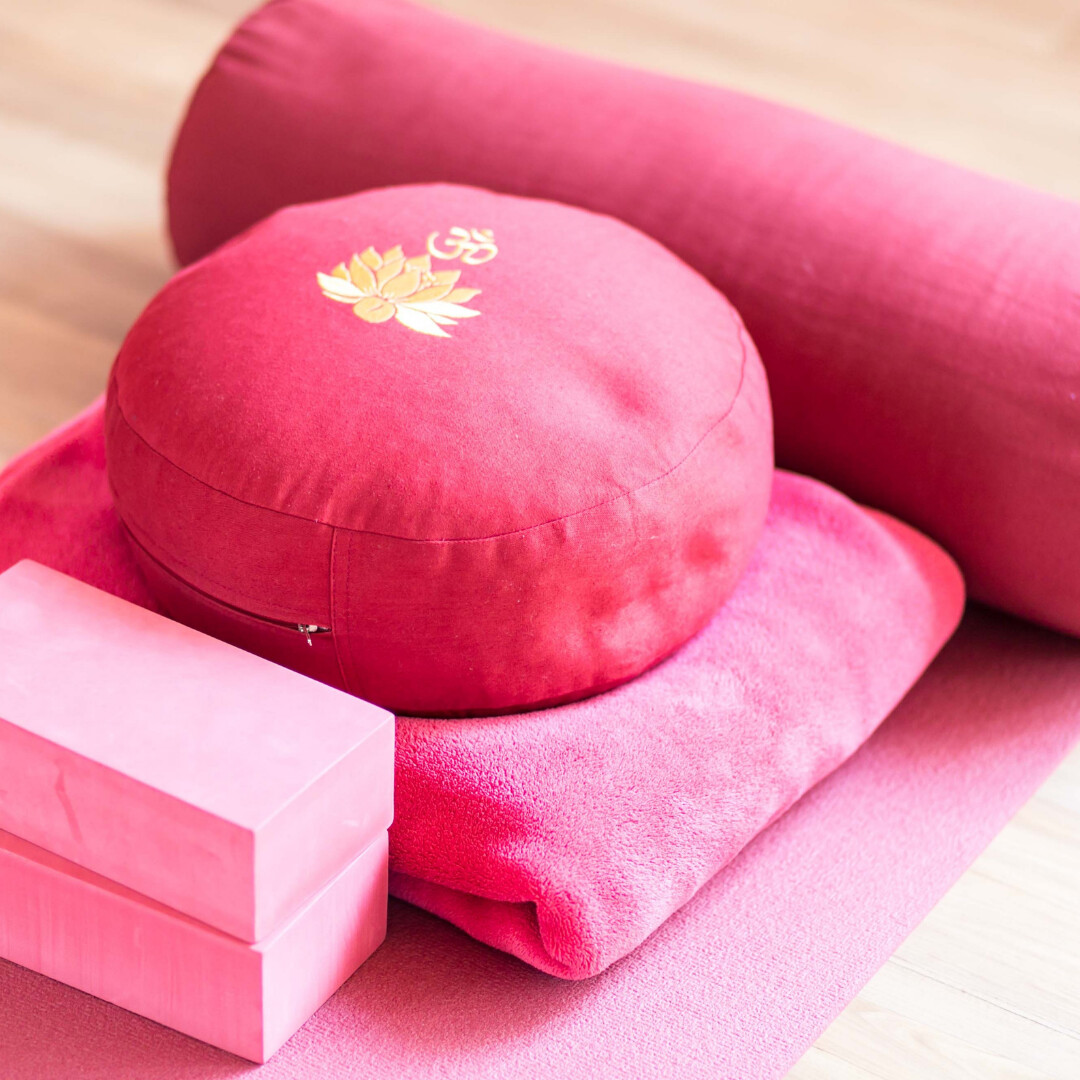
What is Yoga Nidra?
When you hear the word Yoga, you generally think of balancing on one foot, or being in a pose that sounds like an animal such as downward facing dog, pigeon or eagle. I used to think the same way. I practiced yoga for almost 17 years and never heard of Yoga Nidra until I took Yoga teaching training back in 2016. I was shocked and enlightened (pardon the pun) to discover this form of Yoga that is so refreshing and relaxing and not so main stream.
So what is it anyway? At it's basic level, it's a guided meditation. It's a type of Yoga that can be referred to as Yogic Sleep. Yes, I said sleep!! I know, it sounds like a dream.....practicing Yoga and sleeping.....What could be better than that? Well, the goal is not to fall asleep, but if that happens it's ok, it just means your body really needs to rest and subconsciously, you'll still hear everything even though you may not remember. There's no wrong way to do it. Literally all you need to do is lie down (or sit in a comfy position), listen and be guided.
After learning how to lead Yoga Nidra, I instantly knew this would be my teaching focus in order to introduce this healing and deeply relaxing practice to other people.
Because most of us live in a constant state of stress, this can negatively impact our emotional and physical health. What you may not realize is that it's vital to take time to still the body and mind. Imagine being guided on an inner journey through many stages of relaxation and waking up feeling fresh, grateful and relaxed.
Practicing Yoga Nidra can have an impact on your emotional and physical health because it activates your relaxation response. And that's important because it calms the body and mind giving you time to rest, digest and rejuvenate. And the more you do it, the easier it becomes to focus and rest even when you're off the mat!
How this practice can help you on and off the mat.
Creating a peaceful place
On the mat - During the meditation, you will imagine a peaceful place that surrounds you with feelings of comfort, love, joy and peace.
Off the mat - Once you've seen your peaceful place in your meditation, you can visualize being in this peaceful place any time during the day. Imagine that you're; in an uncomfortable situation, afraid of having to do something, having troubles falling asleep or worried about something. Just know that you can visualize your peaceful place any time you need to feel this sense of peace and comfort.
Creating an affirmation
On the mat - While being guided, you have an opportunity to go on a journey of self discovery and notice what your heart truly longs for. This can be anything that comes up for you such as: having more time for yourself, being healthier, having the financial freedom to do the things you love - you get the idea. From here, you'll create an affirmation based on this desire. You will use this affirmation as the focus of your practice. And you can continue using this affirmation in your regular practice until it becomes real for you.
Off the mat - Once you discover and create an affirmation, I recommend writing it down (so you don't forget it) and incorporating it in your daily routine. I write mine on a piece of paper and tape it to the bathroom mirror so I can say them first thing in the morning and at night before I go to bed.
Visualization
I love to incorporate moments of visualization in my Yoga Nidra practice.
On the mat - While being guided, you will have the opportunity to visualize what your life would be like when your affirmation comes true. Just seeing yourself in these moments triggers many positive emotions that you will experience during the meditation. You may experience emotions such as; gratitude, joy, love, and a zest for life.
Off the mat - You can do more of the things that trigger positive emotions in your daily life. For example, if you felt immense gratitude in your visualization, then you can feel that emotion in the present moment by being grateful for something that you have now. If you felt joy during the meditation, you can do more things in your life that bring you joy (whatever that means for you). When we truly desire something, it's because we want to feel a certain way when we have it. So, you can invoke those feelings in your daily life which will then bring you into alignment with what you desire.
If you've never tried Yoga Nidra before, you don't know what you're missing! You deserve to give yourself much needed time to rest, rejuvenate and let go of all the stressors you deal with on a daily basis. Your body and mind will thank you!
Interested in practicing Yoga Nidra with me? Click the button below for my virtual classes. Remember, there's nothing else to do but listen, relax and be guided or simply be without any doing at all!
You an also click HERE to get access to my FREE Yoga Nidra Guided meditation for relaxation. This is a 20 minute meditation that's perfect for beginners, or even those who practice Yoga Nidra already.
Namaste.
xo, Bonnie
*Please note: relaxation and meditation practices may cause you to experience upsetting memories or difficult emotions. While these practices can be a beneficial way to release these emotions and memories, it is important that you check with your health care provider before starting a relaxation/meditation practice if you feel you may have difficulties processing memories and emotions should they come up during practice.
The information presented here is for entertainment and informational purposes only. The information in this post is subject to interpretation and is an expression of opinion. It is not intended for, and does not replace professional, medical, legal, business, and/or health related opinions and advice. It is not a substitute for counselling or any other type of therapy, or medical advice from qualified professionals.


